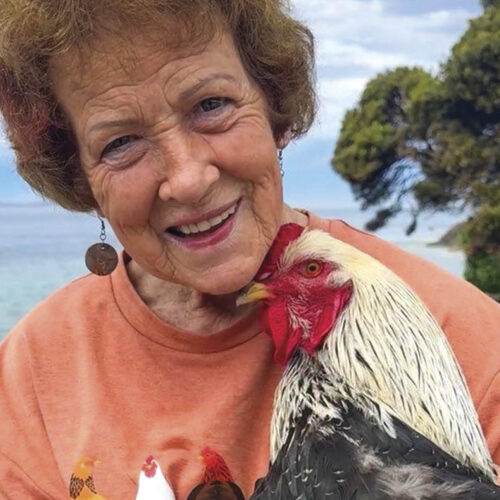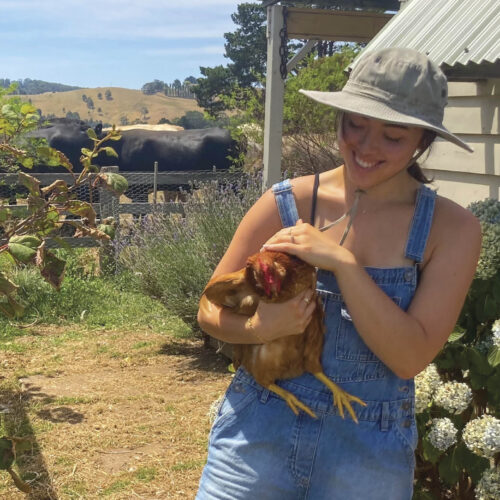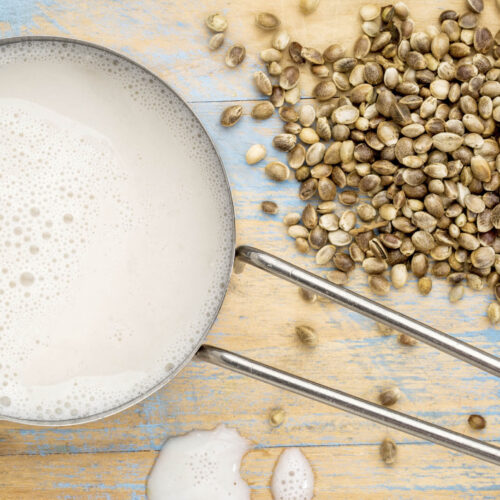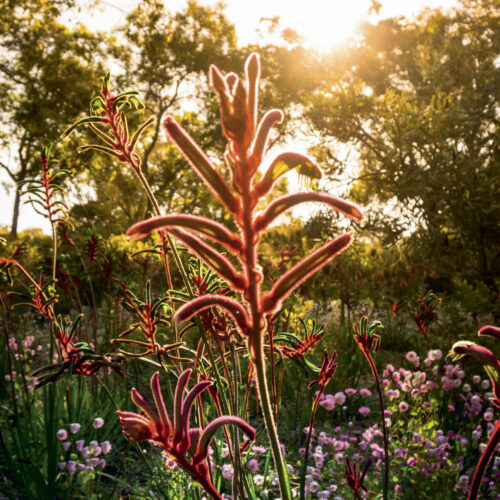Diversity is the key
2018-04-01T03:47:31+10:00
Penny Woodward explains how diversity is essential for healthy gardens, parks, farms and wild environments.
In the March/April 2018 issue of Organic Gardener I have an article on 10 tips for a healthy garden with my very first tip being diversity. I have come to realise over many years of gardening just how essential diversity is for healthy gardens, but not just for our gardens but also for parks, agriculture, wild places and our environment more generally.
In the article I wrote, “Diversity is the key to a healthy environment and a healthy environment is the key to healthy plants and food. On a narrow scale, if you grow many different types of food plants at different times, you won’t lose everything if there’s a sudden downpour or prolonged hot dry period. Some won’t survive but others will thrive. On a broader scale, if your garden is full of flowers and native plants, interspersed with, or surrounding edibles, then you will have a much bigger diversity of birds, insects, spiders, frogs, lizards and soil fauna and flora. In a diverse garden there is a greater chance that plants, pests and predators will live in harmony, thus giving you healthier plants.”
A perfect example of this is Transition Farm, a farm on the Mornington Peninsula in Victoria, Australia. In an interview I did with the owners Peter and Robin I asked them what was the most important thing they had learnt in setting up their farm and the answer from Robin was, “Start with the best soil you can create and everything else is easy. And trust the ecosystem, if you’ve really tried to create a diverse ecosystem then nature will find a balance.”
Peter then expanded: “Don’t try to put all your eggs in one basket. One of the reasons our farm works is because there is a diversity of everything, vegetables as well, but if something falls over, or if it gets too hot or too cold or too wet or too dry some things will benefit and some things won’t.”
Robin adds, “That’s why if you look at our food boxes you will see a consistency of quality and diversity. It’s that diversity that gives the consistency. If you look at the property as a whole then diversity is the key.” The soil is really healthy because of the diversity of crops and green manures, but there is also diversity of indigenous vegetation, birdlife, lizards, spiders and a proliferation of insects.
A review of recent research elsewhere is confirming the importance of diversity. Researchers at Michigan State University have published their results in the journal Agriculture, Ecosystems and Environment, (Read the research here). They say that “Our review of research shows that vertebrates consume numerous crop pests and reduce crop damage, which is a key ecosystem service.” Organic gardeners already know this, but at last it’s being confirmed in broad-scale agriculture with farmers turning back to nature in an effort to reduce pesticide use and environmental damage, while still increasing yields. In one blueberry orchard they installed nesting boxes to attract little falcons, a local predatory bird. These prey on crickets, introduced starlings and various rodents all of which feed on blueberries. In a cherry orchard kestrels were found to dramatically reduce the number of birds feeding on cherries. In New Zealand grape-growing regions, growers have helped to nurture the declining falcon population and as a result have many fewer losses of grapes to smaller birds and rodents. Bats have also been encouraged with nesting boxes in both Jamaica and Indonesia with resultant pest reductions and thus increased yields for both coffee and cacao crops. We could have told them that this would be the case, but at least it is now being recognised in official research.
In other research, on a garden scale, it was shown that ‘lazy’ lawnmowers increase the diversity of bees, butterflies and other pollinators (Read the research here). The researchers proved that mowing less frequently allows flowers in the lawn, such as clover and dandelion, to bloom and supply food for pollinating insects. The University of Massachusetts researchers observed a total of 4587 bees representing 93 bee species, with supplemental observations reaching 111 bee species on less-frequently mowed lawns, with the greatest diversity of species on lawn mowed every three weeks. Co-author Milam said: “I was amazed at the high level of bee diversity and abundance we documented in these lawns, and it speaks to the value of the untreated lawn to support wildlife.”
I love it when I find research that reinforces the importance of being an untidy gardener. I have been an untidy gardener all my life and despite feeling guilty about it from time to time, I know I will never change. My garden has many wild spaces, unmown lawn, weeds and general chaos. But it is full of diversity, both above and below the ground, and I intend to keep it that way.






